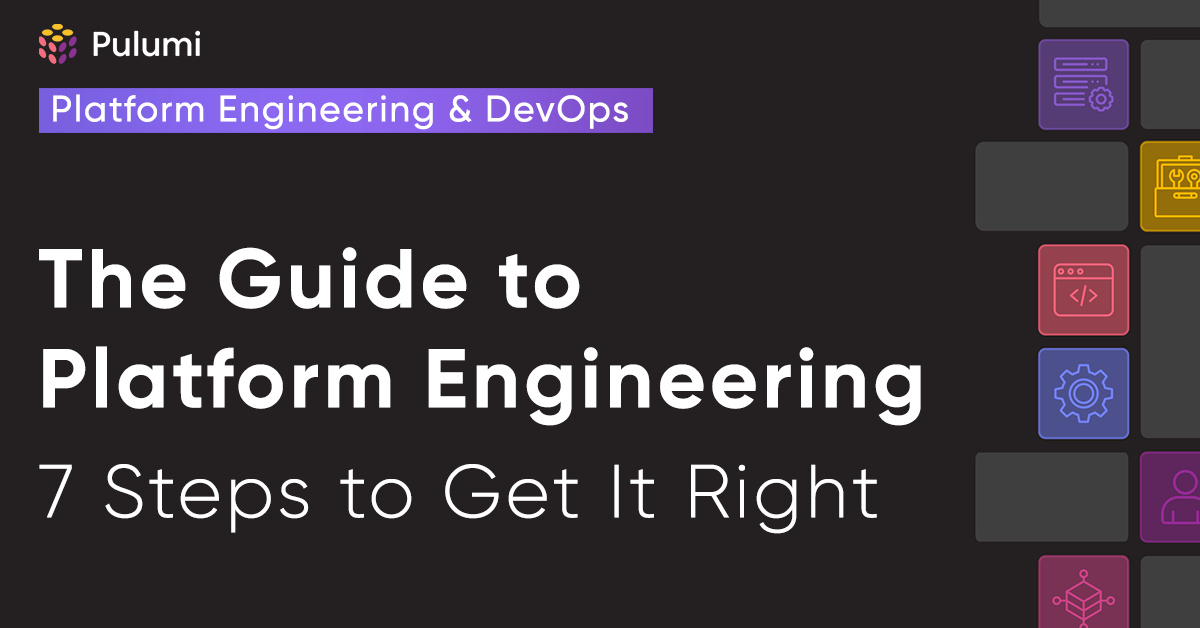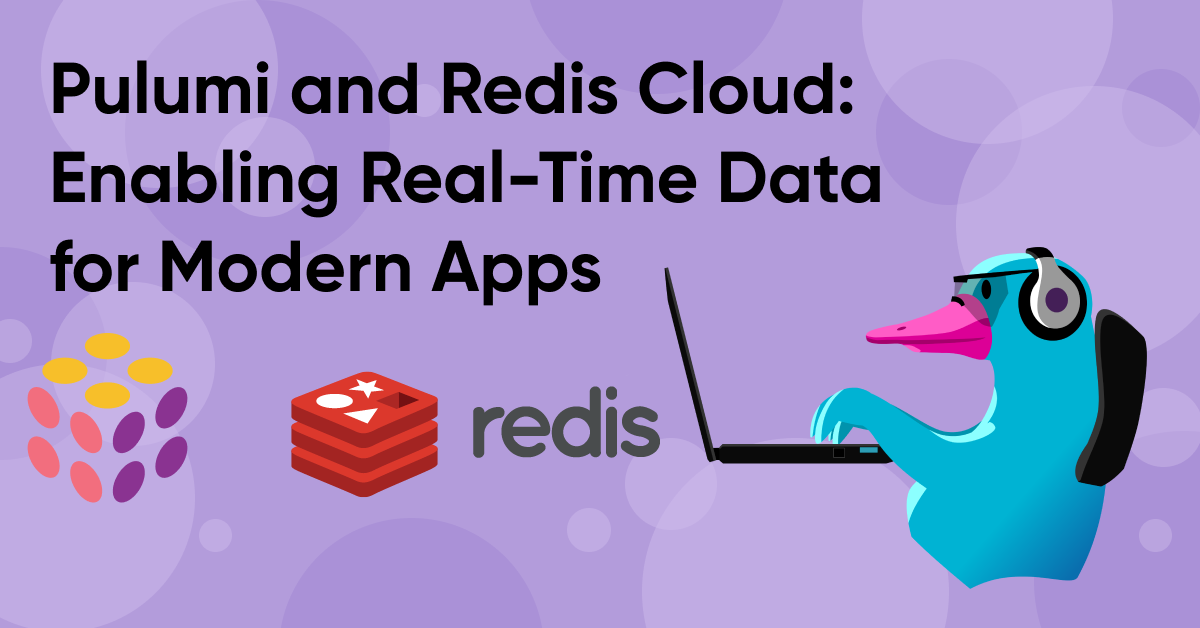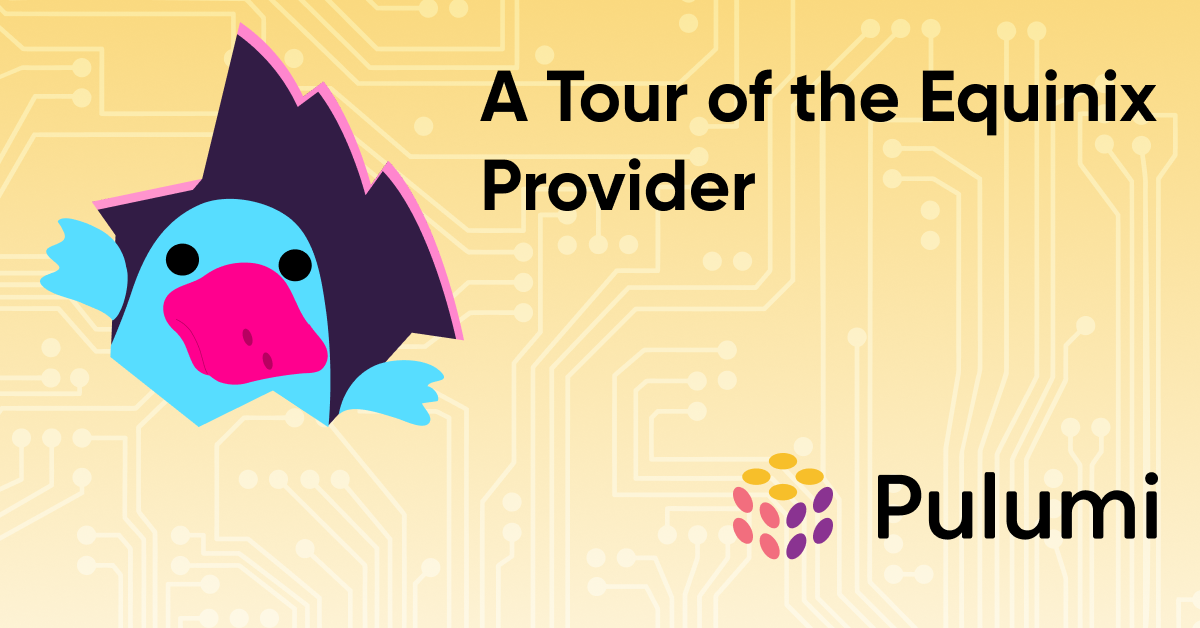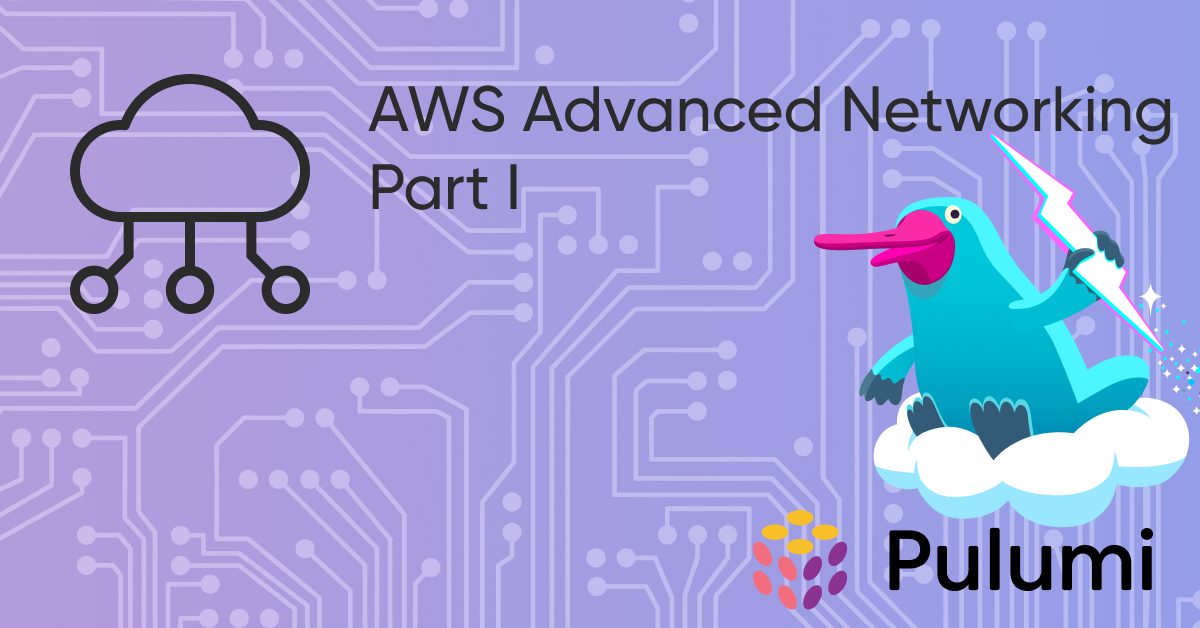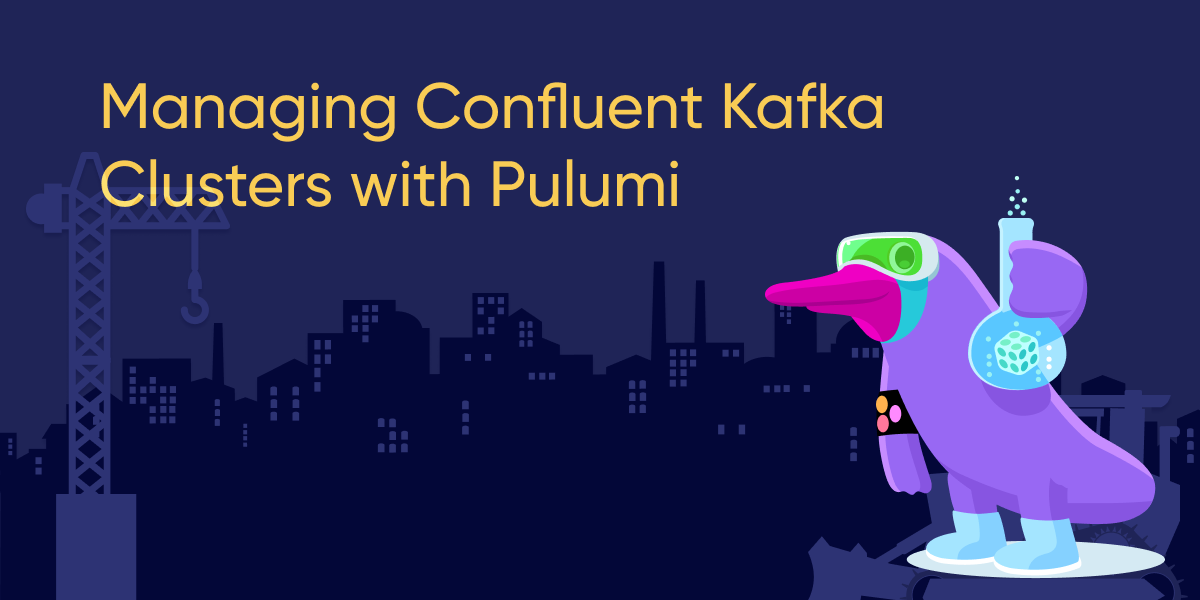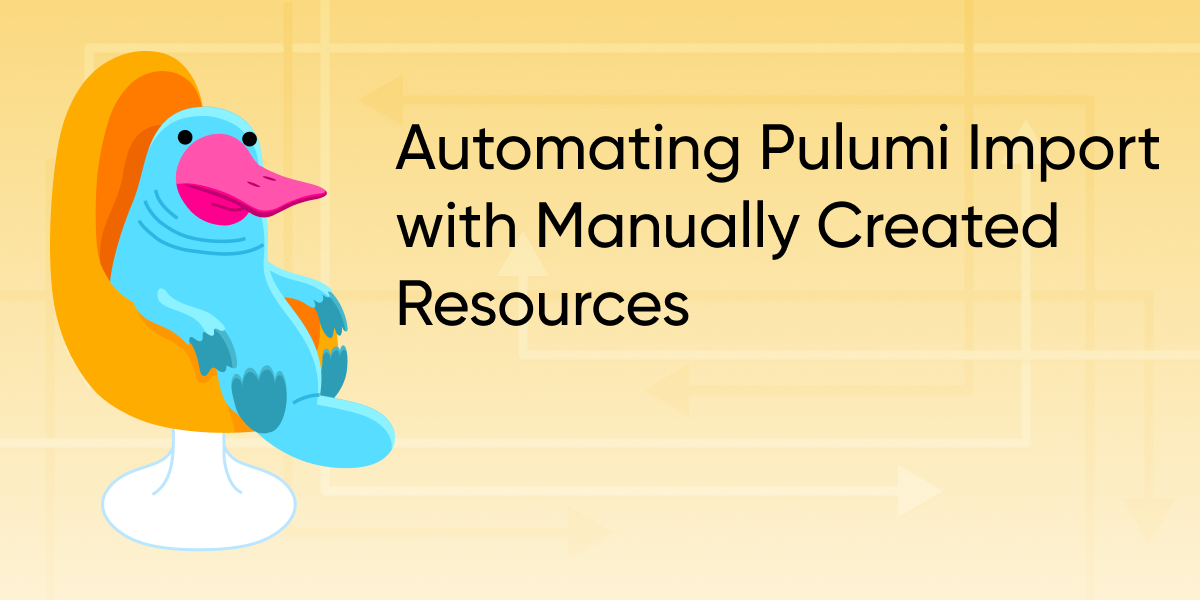Amazon EKS Hybrid Nodes: Bridging Cloud and On-Premises

AWS has introduced a new feature for Amazon Elastic Kubernetes Service (EKS): Amazon EKS Hybrid Nodes. This addition to the Amazon EKS Hybrid/Edge portfolio allows organizations to maintain their Kubernetes control plane in AWS while running workloads on-premises or at the edge. This hybrid approach offers the best of both worlds - AWS’s reliable and scalable control plane management combined with the flexibility to run workloads wherever they make the most sense for your business.

